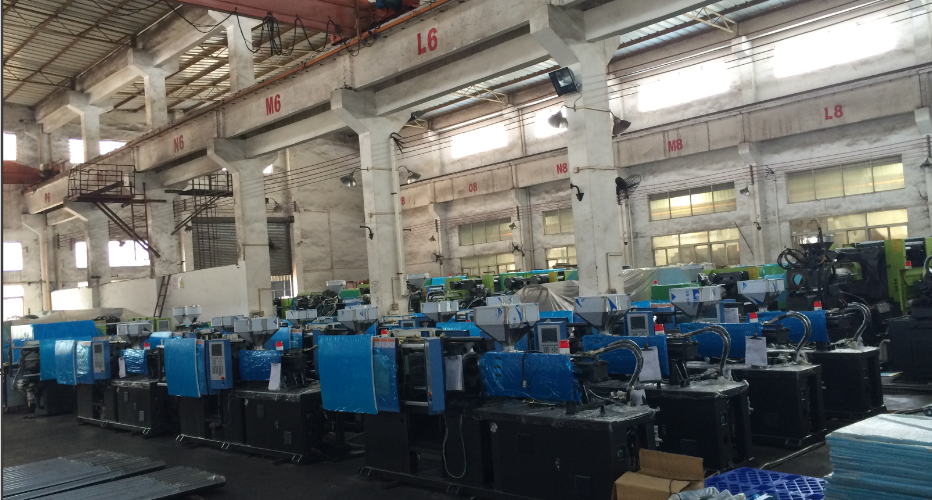Plastic Products are widely used in our daily life. The usage rate of plastic product will be keep increasing. And the polymers and addivties will develop rapidly in 2016 and on. So what were the top plastic products manufacturing trends in the year 2016?

Here we listed a few trends for the plastic products manufacturing industry:
Trend 1. Lightweighting – Not Just for Auto industry but other industries as well
As we know that the auto industry has embraced light-weighting from heavy metals to plastic for many year. It will continue to influence how other products are manufactured. Product designers and engineers with work together with molders and resins suppliers for a product`s special needs. And replace the metal parts in small the then the large ones.
These new lightweight materials tested in automobile will be used to migrate into other products that require durability. Like helmets and boots and other sports equipment. The construction industry has long embraced plastics and this trend will continue. New plastic building components will come on the market for buildings, bridges, and railroads to replace wood, steel and concrete.
Trend 2. Production Automation and Products Customization
Arburg showed a new production line which is highly automation for scissors that can track during production period and even the shipping process:
Fully automated single-unit batches:
Automation and robotics in factories have been around for years. Often used in highly industrial applications, manufacturing robots have become more agile and adaptable. The new automated factory will utilize collaborative robots equipped with vision systems that can be easily trained to perform various tasks. It is costly to reconfigure a manufacturing cell and corresponding processes with every production-line design change. These robots give manufacturers more flexibility.
More sophisticated robots will also increase the ability to customize manufactured products, from jeans to medical devices. In the future, PAM or Purchase Activated Manufacturing will be a mainstay in American commerce and will rely almost solely on robotics and automated processes. As an example, BWM gives customers the flexibility to order the car of their dreams with options in exterior and interior colors, engines, and upgrades. Their website claims the South Carolina facility could run a nearly 24/7 operation for six months and not produce the same car twice.
Trend 3. Reclaimable, Recyclable, and Renewable
In the U.S., we have made great strides in first reclaiming plastics by sorting, whether at home or at work, and have increased our recycling efforts as well, finding more uses for the re-ground and recovered materials.
The real challenge is creating renewable materials (also called bio-based plastics) that no longer depend on fossil fuels. Many companies are starting to take a serious look at these alternatives.
Thermoset plastics, which are often used in automobile or large part molding, are not recyclable. In response, companies like John Deere are developing new composites using soybeans and flax. The cost, structural and design advantages of these new plastics have helped secure John Deere as a leader in their industry.
Islands of plastic debris floating in our oceans highlights the serious nature of our plastic dilemma. It is clear we need to move away from plastics made from petroleum-based compounds and move to bio-based or biodegradable alternatives that can fully compost back into the soil. Dupont, a leader in bio-based alternatives has created Sorona® from corn. This new polymer is used in carpets and clothing. Researchers at Harvard’s Wyss Institute have gone further, developing a fully bio-degradable plastic from chitin, an abundant substance found in shrimp shells.
Trend 4. Near-Shoring
While the debate goes back and forth between reshoring advocates and naysayers, one trend that can’t be denied is near-shoring. Companies throughout the world have realized that getting closer to the source of their products just makes sense.
It is not surprising that IKEA, the popular Swedish furniture manufacturer and retailer has a large facility in Danville, Virginia. The raw materials needed for furniture including timber are close at hand as are the U.S. consumers that purchase IKEA products. In the Middle East, GE has invested in expanding their manufacturing facilities in Saudi Arabia to help serve the Saudi electric utility market. This industrial contract is a lucrative one for GE and they want to make sure their client gets the attention they deserve.
The benefits of near-shoring manufacturing strategies are numerous. Companies can act quickly in response to trends and consumer demand; they can create a more efficient manufacturing process, and reduce logistics costs.
Trend 5. The Connected Factory
Factories in the past had entrenched operational silos with gatekeepers often keeping a tight fist on their sphere of control. That model has all but disappeared from the American manufacturing landscape. Manufacturers today need to be able to respond quickly and adapt to their customer’s needs. They are changing the way they operate to become more efficient and responsive.
Over the past decade, many companies have invested heavily in connecting all facets of their manufacturing process from design and development to logistics. They have become much better at using technology and connected devices to find and resolve production issues quickly. By connecting all of the manufacturing systems, managers can troubleshoot problems reducing downtime and costs.
The greatest challenge for many factories is to find the right technology solutions to connect all of their factory assets. Utilizing the Internet of Things, factories will become more reliant on networked devices, sensors, and digital communications to improve productivity and control costs from remote locations.
There are many other plastic products manufacturing trends in some dedicated industry as well. But I have less time to collect enough information to write it here. Maybe next time will be OK.